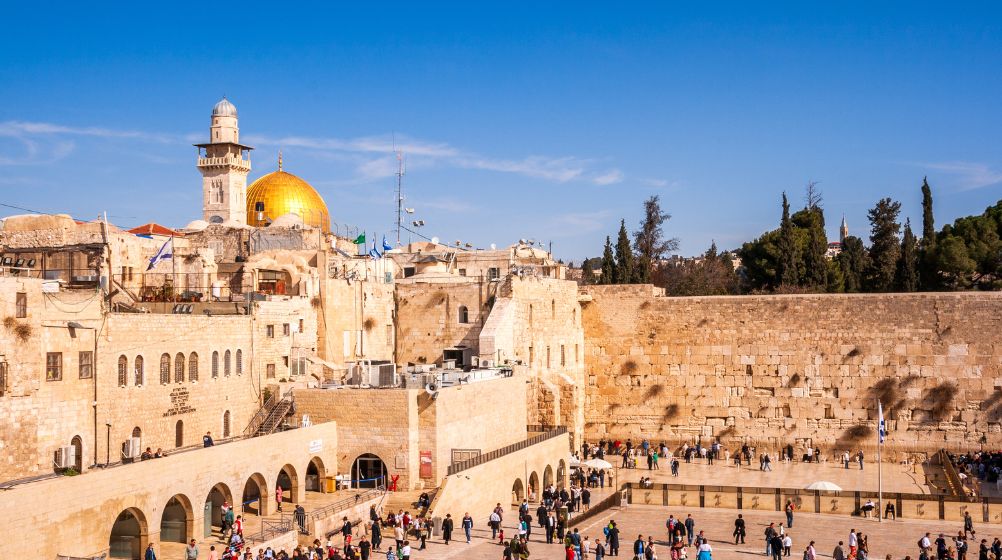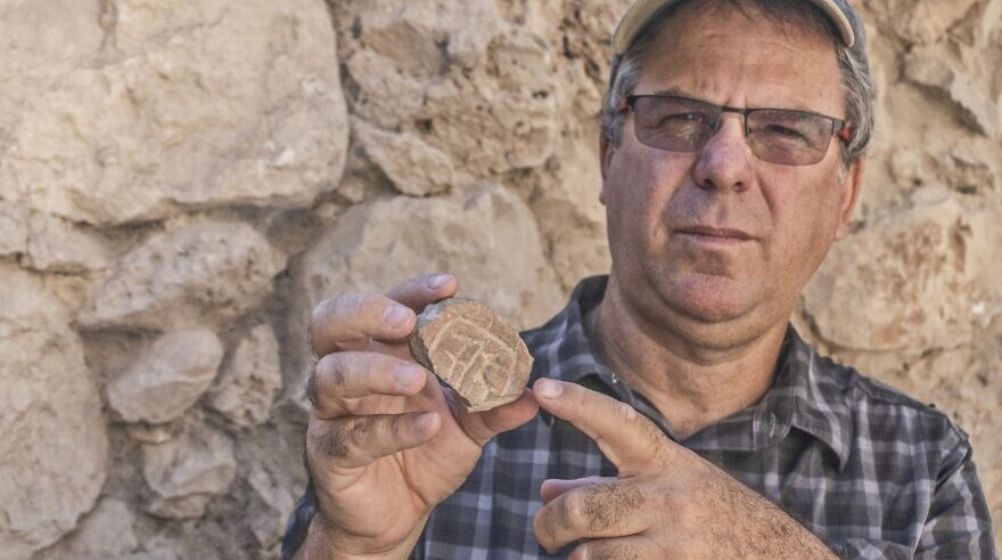Recent archaeological research at the City of David, an iconic historical site traditionally recognized as ancient Jerusalem, has unearthed findings that align with biblical narratives and redefine the city’s architectural history. Contrary to long-held beliefs that King Hezekiah constructed a significant wall as a defense mechanism during his reign, evidence now indicates that this structure dates back to the era of King Uzziah, Hezekiah’s great-grandfather.

Insights from Joe Uziel, Israel Antiquities Authority
Joe Uziel, a prominent figure with the Israel Antiquities Authority, shared insights with the news outlet Joe. He explained, “For decades, it was assumed that this wall was built by Hezekiah. However, it is now evident that it dates back to the days of King Uzziah, as hinted at in the Bible.” This revelation not only shifts the timeline of the wall’s construction but also supports descriptions found in the Second Book of Chronicles, which mentions Uzziah’s contributions to Jerusalem’s fortifications.
Radiocarbon Dating Corroborates Biblical Events
The reevaluation of Jerusalem’s historical timeline is supported by extensive radiocarbon dating, involving over 100 samples from different excavation areas within the City of David. These tests, coupled with references to an earthquake during Uzziah’s reign, have provided researchers with a new chronological framework. The collaborative study involved experts from Tel Aviv University and the Weizmann Institute of Science and was published in the prestigious journal, Proceedings of the National Academy of Sciences of the United States of America.
Professor Yuval Gadot’s Commentary

Professor Yuval Gadot from Tel Aviv University emphasized the interdisciplinary approach of the study, stating, “For the first time, we are harnessing together hard sciences, archaeology, and biblical historiography.” He further noted that these findings not only confirm earlier biblical accounts but also suggest that Jerusalem’s expansion towards Mount Zion began earlier than previously believed, dating back to the ninth century BC under King Jehoash’s rule.
Implications of the Research
This research significantly alters the understanding of Jerusalem’s ancient urban development and architectural history, providing a richer, more accurate context for both historians and biblical scholars. The findings highlight the importance of integrating scientific methods with historical and textual analysis to reconstruct the past accurately.




